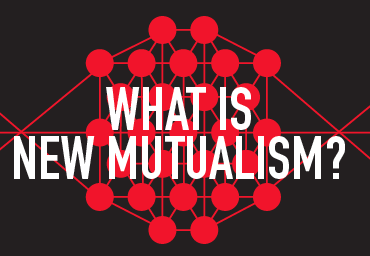Six months ago today, Michael Brown was shot and killed by a police officer in Ferguson, Missouri. I did not then, and do not now, find this shooting to be astonishing. Brown’s killing was preceded by other, similar, well-publicized events. Most notably, in 2009, Oscar Grant, another young black man, was shot and killed by a police officer. And in 2012, Trayvon Martin was shot and killed by by a neighborhood watch coordinator. And on August 5, 2014, John Crawford III was shot and killed by police officers in a Walmart store. In the bare fact of Brown’s killing, there wasn’t much to astonish.
This kind of violence has been going on for a long time. W.E.B. DuBois, in his book Black Reconstruction in America, 1860-1880, wrote about the “widespread violence in the South, the murder and mobs,” that occurred during Reconstruction:
“Probably in no country in the civilized world did human life become so cheap. This condition prevails among both white and black and characterizes the South even to our day. A spirit of lawlessness became widespread. White people became a law unto themselves, and black men, so far as their aggressions were confined to their own people, need not fear the intervention of white police. Practically all men went armed and the South reached the extraordinary distinction of being the only modern civilized country where human beings were publicly burned alive.” [p. 700]
The violence described by W.E.B. DuBois no longer exists in quite that form, but it counts as its direct lineal descendant the violence that killed Oscar Grant, Michael Brown, and many others. While such violence might surprise us, it has lost its power to astonish.
But there were things about Brown’s killing that did astonish me. The initial response of police and elected officials to the protests which followed Browns’ killing was astonishingly tone-deaf — it was almost as if police and elected officials were trying to say things that would inflame tensions. The grand jury investigation was similarly tone-deaf — I sometimes felt was as if the district attorney’s office did everything they could to erode my trust.
Further, I was astonished how many non-black people actually paid attention to Michael Brown’s killing. Whether they reviled him for stealing cigarillos, or lauded him for being a hero, it seemed to me that more non-black people noticed Brown’s death than noticed the death of, say, Oscar Grant or John Crawford. White people in particular seemed to pay close attention. What drew the attention of so many of us white people? Was it the militarized police response to the protests in Ferguson that drew white people’s attention? — with some whites fearing that such militarized tactics could well be used on them, and other whites feeling safer because the police had so much military gear with which to quash protests? I don’t know. I only wish more white people could express a more nuanced view of Michael Brown, making him out to be neither a one-dimensional saint, nor a one-dimensional sinner, but rather a complex human being living in a difficult and complex world.
And I admit I was sometimes astonished by the way some whites responded to Brown’s killing. I remember seeing a video of one of the Ferguson protests where someone who appeared to be white harangued a black police officer, telling the officer that he should get rid of his uniform and join the protesters. This seemed to be another response lacking awareness of the nuances and complexity of the issue at hand.
But it is not easy for us white people to talk about race so openly. White people rarely talk about race with other white people. I can tell you this from experience:— if you’re a white person and you want to end a conversation with another white person, bring up the topic of race: as often as not, the other white person will find an excuse to end the conversation; sometimes they just walk away from you, which can feel a little strange.
If the Ferguson protests do prompt conversations about race among us white people, I will consider that a positive result. Here is W.E.B. DuBois again, from the same book, a few pragraphs after the quotation given above: “The theory of race was supplemented by a carefully planned and slowly evolved method, which drove such a wedge between the white and black workers that there probably are not today in the world two groups of workers with practically identical interests who hate and fear each other so deeply and persistently and who are kept so far apart that neither sees anything of common interest.” If the Ferguson protests provoke a wide conversation about the importance of black lives, that would be an even better result.
Those wedges DuBois talks about are driven between other racial groups in the United States as well. Somehow we have to extract those wedges that have been driven between all the races in the United States.

